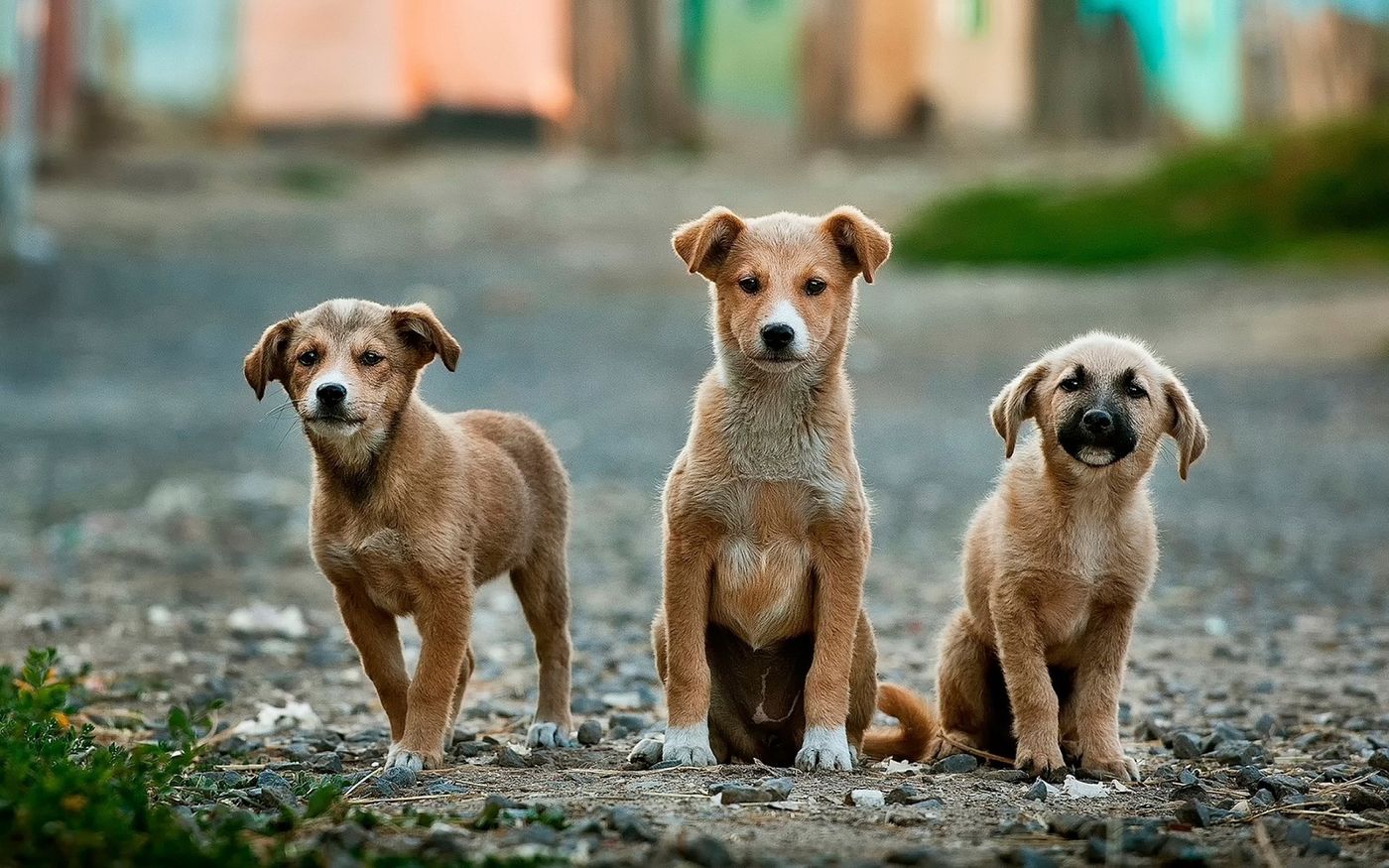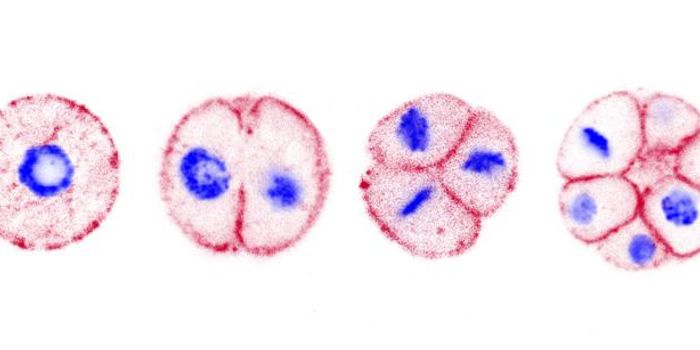All dogs may be descended from the same 23,000-year-old Siberian ancestor
Sometime towards the end of the last Ice Age, also known as the Pleistocene, humans were hunting bison and woolly mammoths alongside what would be eventually known as human’s best friend: domesticated dogs. Research suggests that dogs were likely the earliest domesticated animal, and that they looked more wolf-like than modern dogs. Genetic and archaeological evidence suggests that domestication probably first took place in Eurasia, and the specific population from which modern dogs derived is now extinct.
But, there has been a wide debate regarding other aspects of dog domestication, such as how the relationship between dogs and humans began and where exactly this domestication occurred. New research published in the Proceedings of the National Academy of Sciences tackled this debate, finding that the first domesticated dogs likely appeared in Siberia.
The study—led by zooarchaeologist Angela Perri from Durham University in the United Kingdom—was based on the analysis of previously sequenced mitochondrial DNA (mtDNA) from over 200 dogs, some of which were 10,000 years old. The mtDNA showed that all ancient American dogs carried the same genetic signature, known as A2b. Moreover, results suggested that around 15,000 years ago, this ancient group split off into four distinct groups as they populated different parts of North America.
Interestingly, those splits mimic population dispersal patterns of Native Americans, who likely migrated from Siberia around 21,000 years ago. It is likely that these ancient groups brought dogs with them, though a 2018 study found that when North America was colonized by the Europeans, the American dogs vanished and were replaced by European dogs. Thus, the dates and locations of where American dogs originated from has been largely unknown. But, through mtDNA analysis Perri and her colleagues found that the A2b dogs likely descended from a Siberian ancestor around 23,000 years ago. Ancient groups of Siberian people would have shared a location in northeastern Siberia with gray wolves, the direct ancestor of modern dogs.
The team speculates that while humans were cooking fresh meat, hungry gray wolves would have been attracted to the smell and moved closer to humans to try to get food, eventually making contact. The genetic evidence also suggests that the Siberians and ancestral Native Americans likely encountered each other, and perhaps they traded animals before they went their separate ways. Previous research posited that that dogs—like cats—were domesticated twice, but this new study argues that all dogs descended from the same 23,000-year-old Siberian wolves.
There is more to the story, such as attempting to uncover nuclear DNA (which is inherited from both parents rather than just the mother like mtDNA) and incorporating research about the people and animals who lived in the Americas prior to colonization, but for now this is a huge step in determining the origin of human’s best friend.
Sources: Science (2021), Proceedings of the National Academy of Sciences, Science (2018), Smithsonian Magazine









